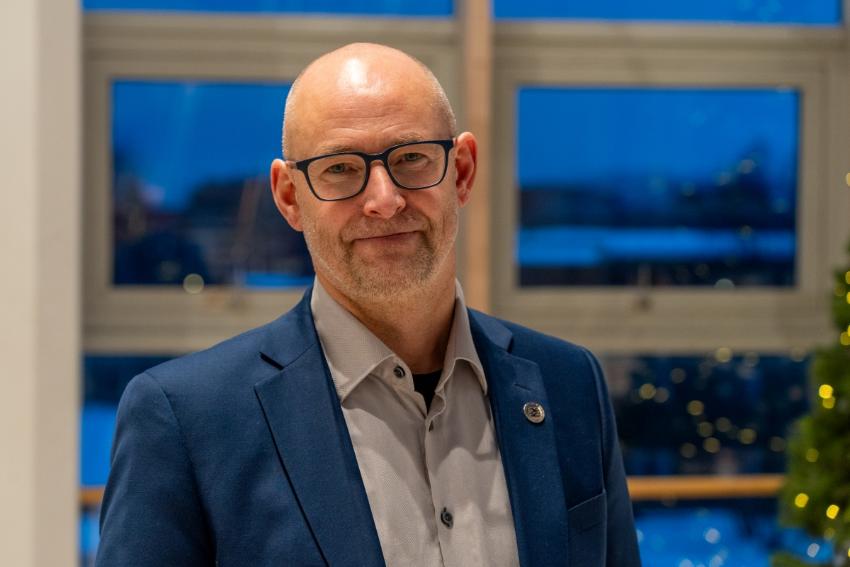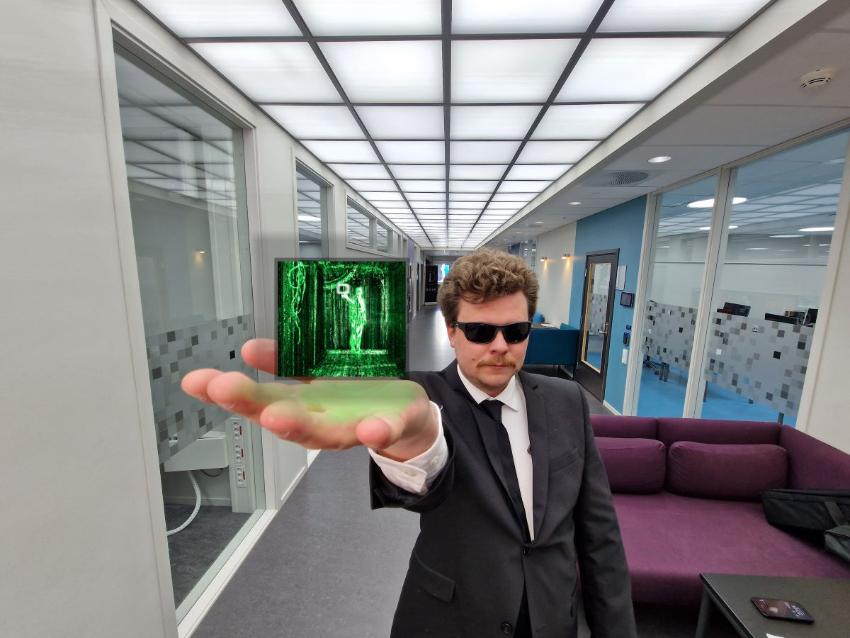Hybrid warfare in cyberspace
Artem Galushko, a member of the research group on ‘Crime Control and Security Law’ (CCSL), has received the Marie Skłodowska-Curie postdoctoral fellowship (MSCA-PF) to conduct research on cyber warfare and critical infrastructure.

His research will focus on hybrid actors, who engage in various disruptive activities in the digital domain, including, but not limited to cyber-attacks against government institutions, private companies, and objects of civilian infrastructure.
Experts in the field often use the concept of ‘hybrid warfare’ to describe the simultaneous deployment of conventional and irregular forces within the same armed conflict, Artem explains. He further points out that states engage hybrid actors to avoid responsibility and reputational losses.
Hybrid cyber warfare has not only become an integral part of modern warfare, but it is also an increasing threat for civilians and critical civilian infrastructure now.
Artem mentions two trends to substantiate his claim.
- The first trend has manifested itself over last years through cyber-attacks against civilian infrastructure such as power plants, healthcare facilities, financial institutions, and e-governance systems.
He refers to the cyber-attacks against Norwegian healthcare institutions as well as the malicious attack on the computer systems of the UK postal service as recent examples of this trend.
The digital battlefield is just a click away.
The second trend is a very recent phenomenon, which involves a stronger engagement of civilians in cyber operations during military conflicts. An example of it would be a situation when civilians use mobile applications to send information about movements of hostile troops. This could be used as a pretext to attack civilians and engage them in military hostilities outside of cyberspace, Artem suggests.
There is no clear threshold to determine if or when during an armed conflict civilians involved in cyber operations could lose their specific protections provided under the IHL Treaties such as the Geneva Convention (III) relative to the prisoners of war and the Geneva Convention (IV) relative to the protection of civilian persons.
Because the involvement of civilians in cyber warfare is a relatively recent development, the treaty law does not provide a clear legal solution of the problem. It is also one of the tasks of my research to identify those situations when civilians and critical civilian infrastructure are the most vulnerable, he explains.
Next steps and research cooperation.
The overall goal of the project is to develop a common European approach to countering hybrid cyber warfare by mapping and analyzing the best cyber practices, policies and norms that could lay the foundation for digital security in Europe.
Achieving this research goal necessitates an interdisciplinary approach.
This is where I benefit a lot from being a member of the Research Group on Crime Control and Security Law (CCSL) at UiT – the Artic University of Norway, Artem elaborates.
Through his participation in the CCSL research activities Artem can also collaborate with the UiT Faculty of Computer Science, the Otto Hahn Research Group on Alternative and Informal Systems of Crime Control and Criminal Justice, the European Criminology Group on Atrocity Crimes and Transitional Justice and other interdisciplinary research groups and networks.
We wish Artem good luck on his research and look forward to following his project activities at UiT!
Kortnytt fra Det juridiske fakultet


